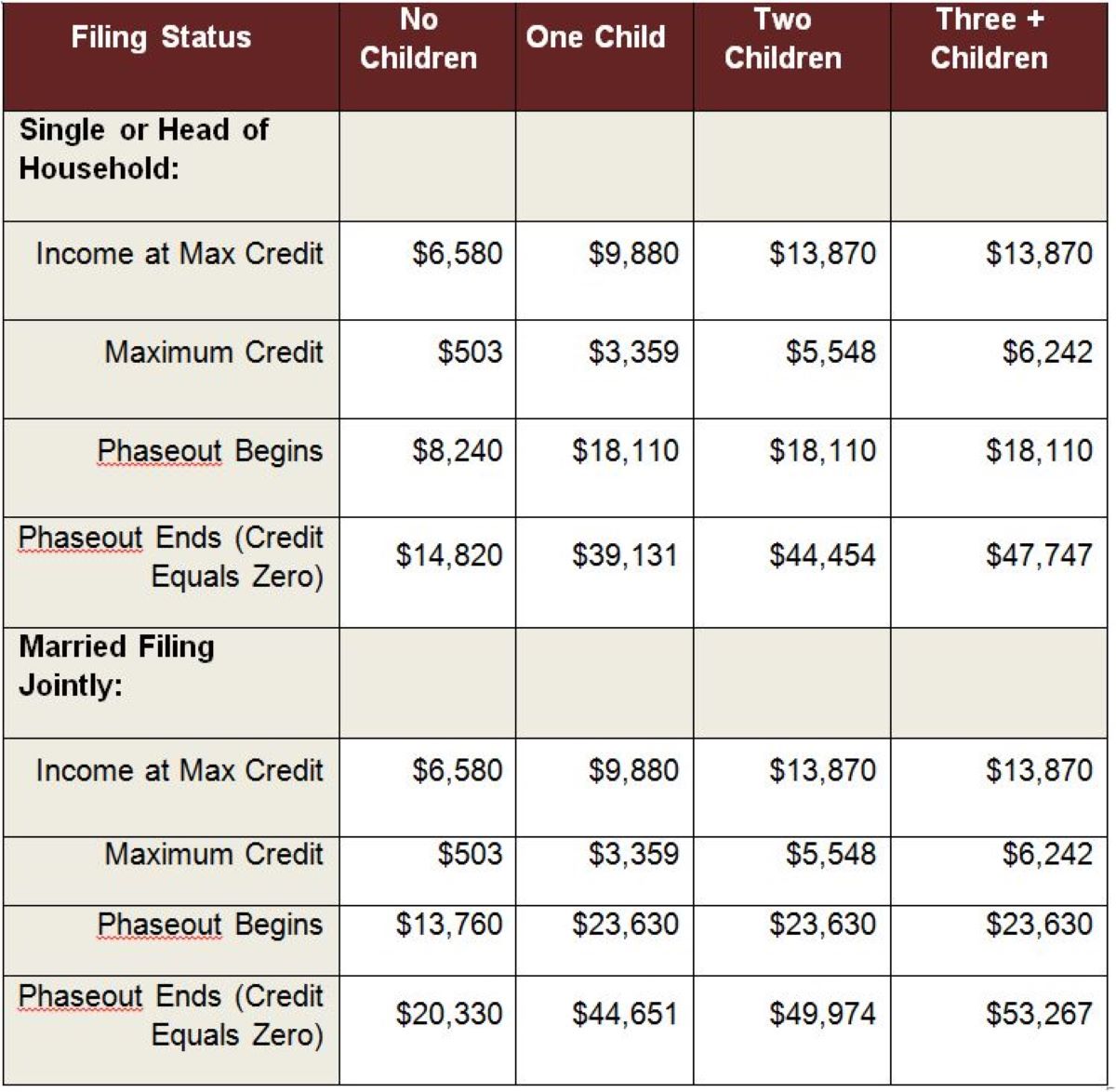Home>Finance>Harvest Strategy Definition In Marketing And Investing


Finance
Harvest Strategy Definition In Marketing And Investing
Published: December 4, 2023
Learn the meaning of harvest strategy in finance, both in marketing and investing. Explore how it helps optimize your financial returns and achieve long-term success.
(Many of the links in this article redirect to a specific reviewed product. Your purchase of these products through affiliate links helps to generate commission for LiveWell, at no extra cost. Learn more)
Harvest Strategy Definition in Marketing and Investing: Maximizing Returns
Welcome to our finance category blog, where we delve into various aspects of the financial world, including investing and marketing strategies. In this post, we will be discussing the concept of harvest strategy and its application in both marketing and investing. If you’ve ever wondered how companies or investors maximize their returns, sit back and prepare to be enlightened!
Key Takeaways:
- In marketing, a harvest strategy involves focusing on maximizing short-term profits from existing products or markets.
- In investing, a harvest strategy involves selling off investments to generate liquidity and capitalize on gains.
First, let’s explore the concept of harvest strategy in marketing. When a company decides to implement a harvest strategy, it means they shift their focus from aggressive growth to extracting maximum value from their existing products or markets. This often occurs when a market becomes saturated or when a product reaches its maturity stage. Instead of investing heavily in marketing and R&D, companies choose to allocate resources towards generating immediate profits.
In marketing, there are a few common approaches to implementing a harvest strategy:
- Price Optimization: Adjusting pricing strategies to maximize profit margins without losing significant market share.
- Cost Reduction: Streamlining operations to minimize costs and increase overall profitability.
- Targeted Promotions: Focusing on specific consumer segments or demographics to capitalize on existing customer loyalty and demand.
- Product Rationalization: Evaluating product portfolios and discontinuing underperforming or redundant products.
Now, let’s turn our attention to harvest strategy in investing. In the investing world, a harvest strategy involves selling off investments that have reached their peak or are likely to decline in value. Investors employ this strategy to generate liquidity and capture gains before a potential downturn in the market. It’s a way of strategically managing their portfolio to maximize returns.
Here are a few common approaches to implementing a harvest strategy in investing:
- Rebalancing: Adjusting the allocation of investments in a portfolio to maintain a desired risk/reward ratio.
- Profit Booking: Selling off a portion or all of an investment that has experienced significant gains to lock in the profits.
- Market Timing: Assessing market conditions and selling off investments before an anticipated market downturn.
- Portfolio Optimization: Evaluating the overall performance of a portfolio and strategically divesting underperforming investments.
Harvest strategy is all about strategic decision-making focused on maximizing returns. Whether it’s in marketing or investing, the key is to identify the right time to shift from growth-oriented strategies to extracting value. By implementing appropriate strategies, companies and investors can achieve their financial objectives while minimizing risks.
That wraps up our discussion on harvest strategy in marketing and investing. We hope you found this post informative and gained a deeper understanding of this concept. Remember, successful financial management involves adapting strategies to changing market dynamics. So, stay informed and always be ready to harvest the fruits of your investments!














